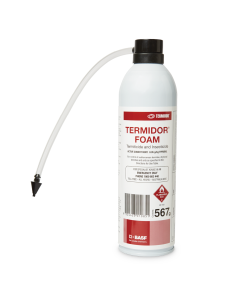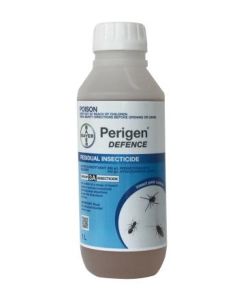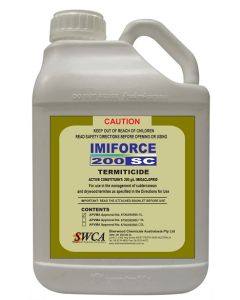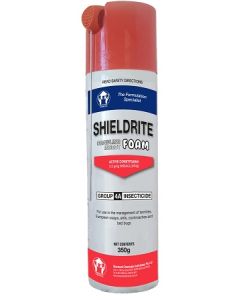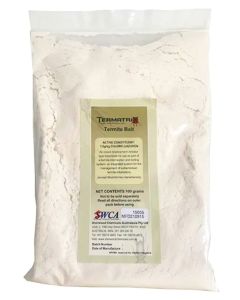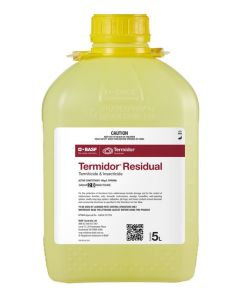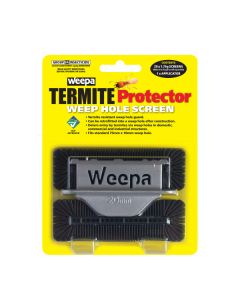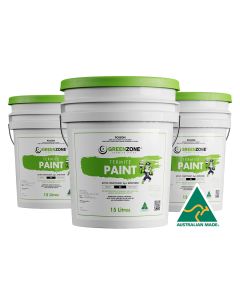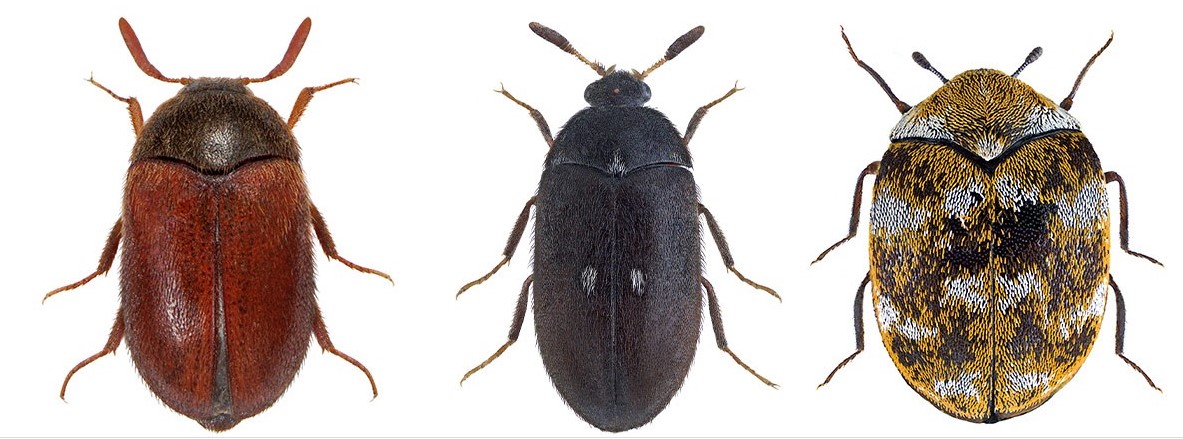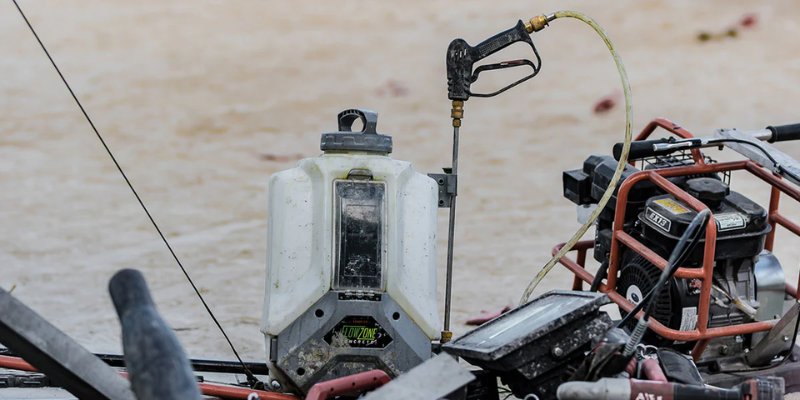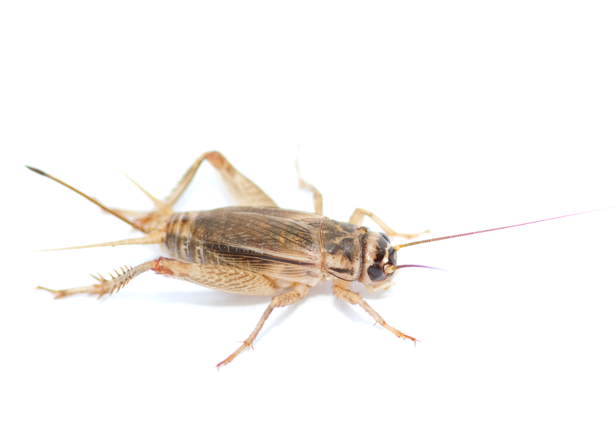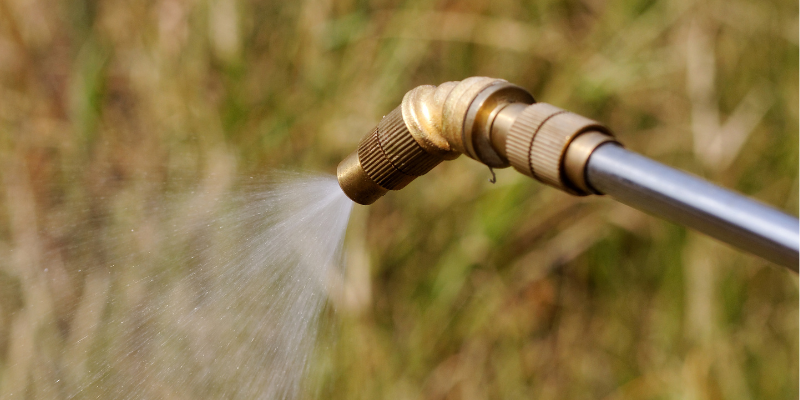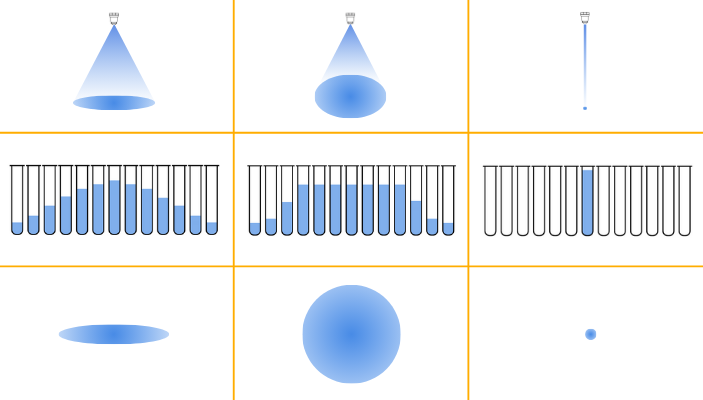Drywood Termites
Drywood Termites
Scientific Name: Cryptotermes spp.
How to identify drywood termites
Unlike other termites, drywood termites get their water from the timber they consume and therefore do not require contact with the soil. Because of this fact, their galleries are clean and free of soil. However there is one thing present that will give away that drywood termites caused the damage: the presence of dry, sesame seed-like frass (faeces) throughout the gallery system and on horizontal surfaces in close proximity to the infestation.
Cryptotermes primus can often be found infesting hoop pine floors and hardwood stumps in old houses in the coastal strip from the tip of Cape York down to about Sydney. Other lesser known native drywood species that pest managers may encounter include: Cryptotermes queenslandis (coastal areas from south-east to north-east Queensland), Cryptotermes domesticus (coastal areas of tropical northern Australia) and Cryptotermes cynocephalus (coastal north-east Queensland).
The introduced drywood termite Cryptotermes brevis (West Indian drywood termite) has similar clean, frass filled galleries as their native cousins but is much more voracious in terms of the damage to timber in service and in fact has been labelled the world’s most destructive termite.
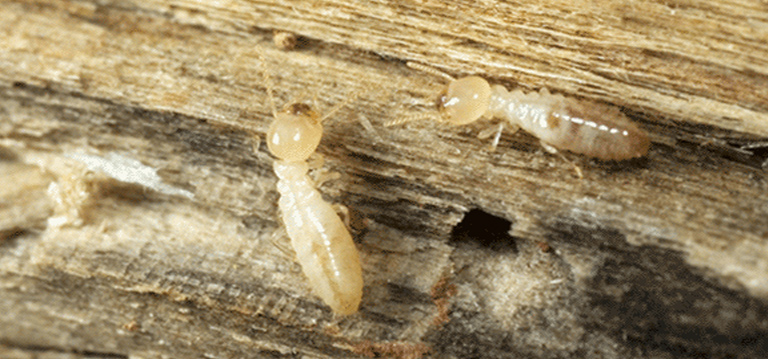
Where are drywood termites commonly found?
Drywood termites are able to live in small isolated pockets in the dead wood of living trees and timber in service such as flooring, structural members and furniture.
Why are drywood termites considered a pest?
Termites consume cellulose in one form or another and play a crucial role in nutrient cycling and helping create soil structure through the decomposition of wood and plant debris. They only become a “pest” when they attack timber in service or damage crops and other materials important to humans.
Termites are known to damage materials that have no nutritional value during their search for food. These include rubber, plastic, leather, mortar and some metals. A particularly annoying trait is the attack on underground power cables, with termites chewing through the outer rubber and plastic sheathing, thus exposing the conducting wires to moisture resulting in short circuits and ultimately power failure.
What is the biology and lifecycle of drywood termites?
Termites metamorphose through egg to nymph to adult. By several moults, the young nymphs then differentiate into one of several castes. This may take several months, depending upon food availability, temperature, and the colony’s vigour. Within a termite colony there are several forms (castes); namely a queen, king, workers, soldiers, and periodically, reproductives. Each caste is structurally different with specific functions to perform for the colony’s survival and maintenance.
Chemicals Required to Control Drywood Termites
Liquids – The traditional method dating back many decades whereby a chemical is incorporated into the soil surrounding and/or under a structure to prevent termite entry. These can be grouped into either repellent or non-repellent based on their effect on termite behaviour when they contact the treated soil. Repellent products repel foraging termites from a treated structure whereas non-repellent products are undetectable to termites and when they contact the treated soil, they are either killed quickly or pick up a sub-lethal dose(becoming intoxicated) which may allow transfer to other termites away from the treated area.
Dusting – Widely used by pest managers in Australia for many years. Started out with arsenical based dusts followed by more recent chemistry. They are basically a toxicant mixed with a carrier that is blown on to a population of termites. The termites then carry the dust on their bodies to other parts of the colony and transfer the toxicant to non-treated termites and hopefully resulting in colony collapse.
Foaming – A surfactant and termiticide are mixed and delivered directly into active termite infestations under air pressure via a foam generator or a ready to use pressurised “aerosol”. The foam rapidly expands and moves through the gallery system under pressure and can even move upwards to coat as many termites as possible. If using the right active ingredient, foaming can also be transferred away from the site of treatment to effect the population as a whole.
Baiting – Above ground baits containing a matrix of attractive cellulose based food plus a toxicant, are placed over the site of termite activity. If termites are enticed to begin feeding on the bait, the toxicant is introduced into the colony and spread to others. The toxicants of choice at the moment are insect growth regulators (functioning as a chitin synthesis inhibitor), which disrupts the moulting process, ultimately causing death during the process of shedding their exoskeleton.
Baiting Systems – Plastic stations are placed either at regular intervals or in termite conducive areas and filled with an attractive cellulose bait eg: timber material. Once termites are attacking the bait, a matrix of cellulose powder and a toxicant is added to the station for the termites to continue feeding. If termites are enticed to begin feeding on the bait, the toxicant has now been introduced into the colony and spread to others. The toxicants of choice at the moment are insect growth regulators (functioning as a chitin synthesis inhibitor), which disrupts the moulting process, ultimately causing death during the process of shedding their exoskeleton.
Others – There have been a number of attempts to bring new technologies to the market that have either failed or are yet to take off eg: specific fungal strains, nematodes, gel and paste formulations, with more to come in the future.
Management Tips for Drywood Termites
Drywood termites whilst being much slower to achieve significant damage to timber in service when compared to subterranean termites, they are considerably harder to control. The reasons for this are outlined below:
-
They do not require ground contact therefore traditional treatments used for subterranean termites are useless.
-
They have small, numerous and unconnected colonies meaning each and every colony must be located and treated to successfully eradicate the infestation (unless a full house fumigation is undertaken).
-
They are hard to locate as they do not emit enough heat nor associated with high moisture thus negating the usefulness of thermal imaging cameras and moisture meters.
Small infested items can be placed in a freezer for a day or so. The surest way of ridding a home of drywood termites is to completely cover the structure with tarps and fumigate. However this is usually impractical because of the cost involved. The only practical method is to thoroughly inspect the premises (sounding timbers for hollow voids) and injecting these voids with either a liquid or foam termiticide that is registered for drywood termites. Removing and replacing infested timbers where possible is also recommended.
Preventative measures include searching for and treating infestations in surrounding trees (most likely in dead branch stubs and stumps). Another recommendation can be to ensure timber that flying alates can access ie: cladding, underside of floor boards and joists, house stumps etc are painted or at least contain as few holes as possible that the alates can enter to begin breeding.


